The Facsimile Can Be Yours
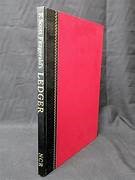 F. Scott Fitzgerald’s LEDGER: A Facsimile
F. Scott Fitzgerald’s LEDGER: A Facsimile

By Megan McKinney
F. Scott Fiitzgerald’s LEDGER is an amazing document. The Great Gatsby’s author wrote the original in an ordinary business ledger during the nineteen twenties and thirties. It is an exceptional record of his published fiction, novels, plays, and stories; of his other published work, and of his earnings by years—in all, “one of the richest primary source documents in existence for any literary author”.

Page 60 of the LEDGER, in a section devoted to 1926 earnings for his writing. The full amount for the year totaled $25,686.05
A volume containing the above facts would be quite enough, but—on page 151—there begins an autobiographical account of Scott Fitzgerald’s life, beginning with his birth at 3:30 pm on September 24, 1896 and continuing through the years he knew the young Ginevra King—and more. Squeezed in at the top of page 169 are the words “met Ginevra”.

Ginevra King
It is believed that he began recording the total of this information sometime in 1919 or 1920 after leaving the Army. The last entry was in December 1936. He died four years later.
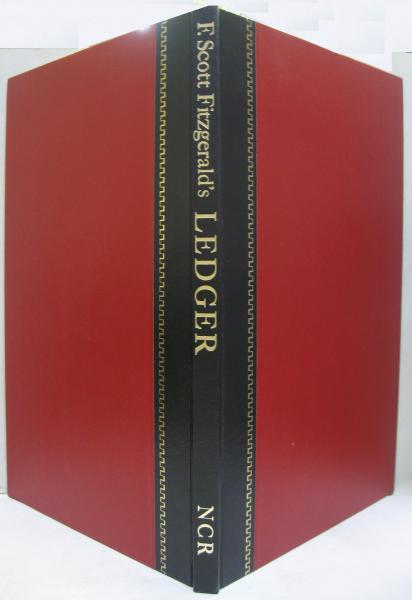
The volume pictured above, entitled F. Scott Fitzgerald’s LEDGER: A Facsimile, is among the one thousand copies printed in 1972—in Mr Fitzgerald’s handwriting—with each copy bearing a number on the copyright page. I am thrilled that number 126 of the 1,000 has been sitting on a bookcase shelf in my apartment for the past half century.
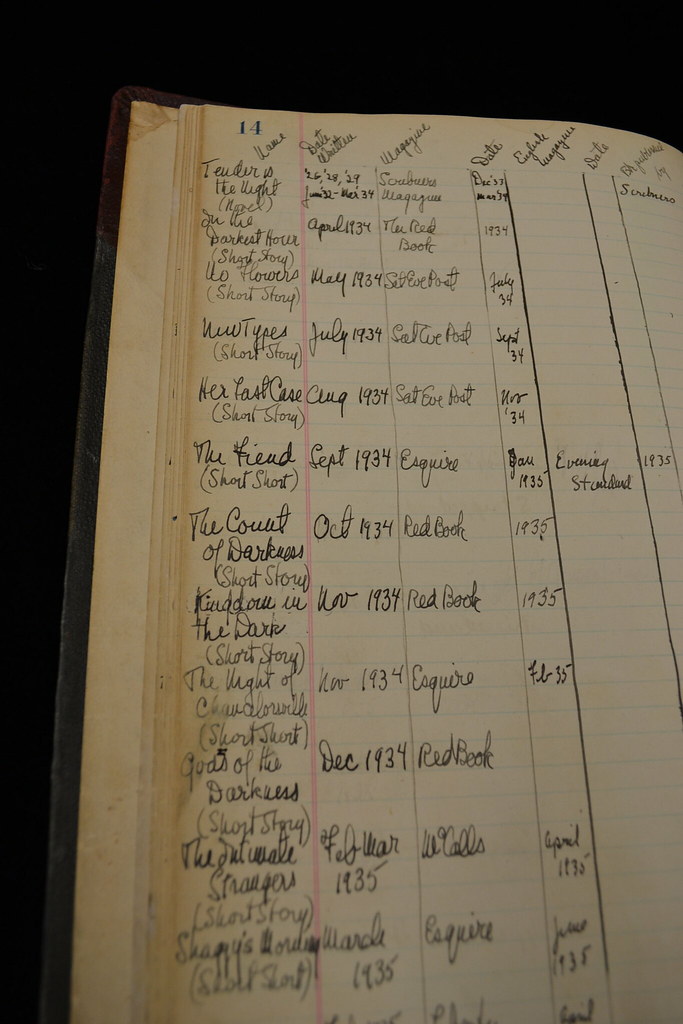
Page 14 is one of many of those listing the 160 or so magazine publication dates of his works, as well as the month in which each was written. The lead entry above is the serialization of the novel Tender is the Night in Scribner’s Magazine, December 1933-March 1934.
 Scott Fitzgerald, pen in hand.
Scott Fitzgerald, pen in hand.

Even this page was included in the facsimile from the original ledger
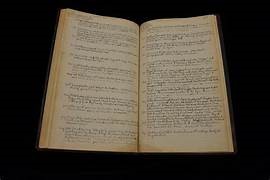
The egocentric Scott named the autobiographical pages with his age at the time rather the date of the year that was shared with others. Lake Forest residents will be interested in pages 169 and 170, which cover 1915 and 1916, the summers he was a house guest in Ginevra King’s famly house.
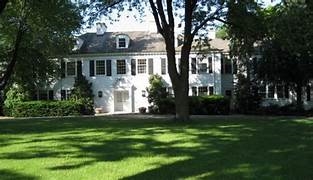
The Garfield King house in Lake Forest
During June 1915 we learn about the dashing young polo player, tennis star and aviator Deering Davis. one of the young men always present, and in attendance to Ginevra. Although Deering was a ubiquitous member of the local junior set, he would be an exception to the rule of marrying within their circle. Among his future wives were silent screen star Louise Brooks and Austrian Countess Marie Berchtold, formerly married to a Count Esterházy of Hungary.
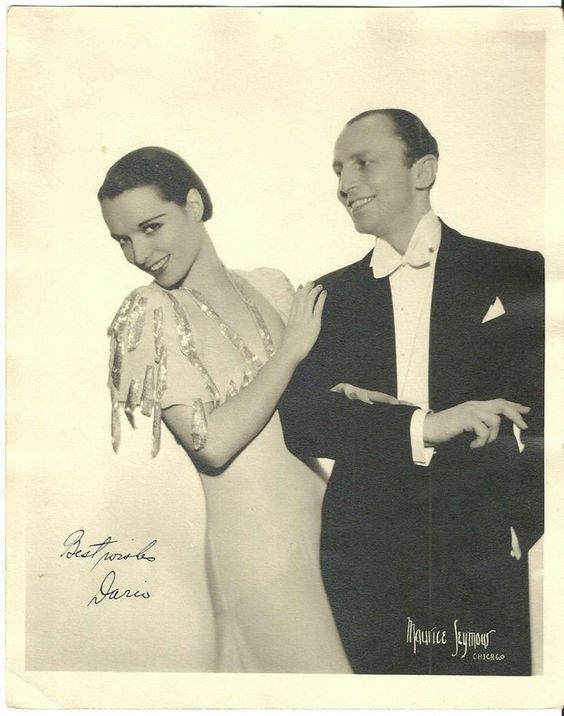
Screen star Louise Brooks and Deerng Davis, during their marriage, captured on film by the great celebrity photographer Maurice Seymour

Billy Mitchell is among members of the Lake Forest young set Scott mentions on the LEDGER’s page 170. Although the volume is without images, we found this 1918 passport picture of the rarely photographed young man who would become Ginevra King’s first husband. Peg Carry, one of Ginevra’s Big Four, is discussed on the same page; however, it’s just as well that we could not find her photo. The subject was a Petting Party she attended.
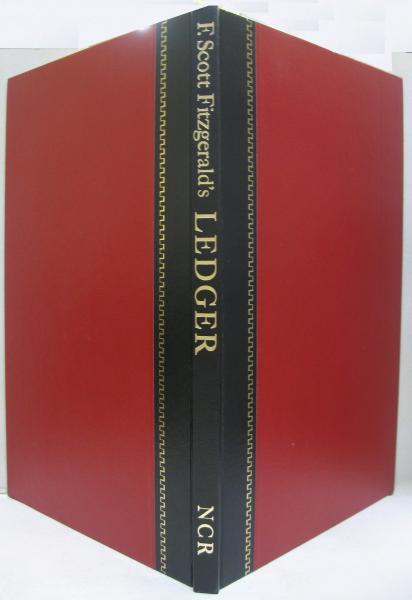
To acquire one of the 1,000 LEDGER facsimiles published in 1972, check the web. Everyone from Amazon to eBay has it. The prices range—according to the condition of the volume—from $60.75 to $190. Shipping of the hard cover item can add as much as another $32.46.
Author photo: Robert F. Carl






